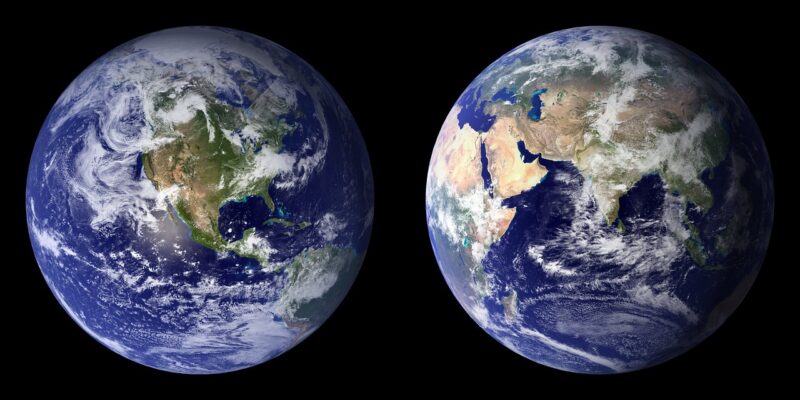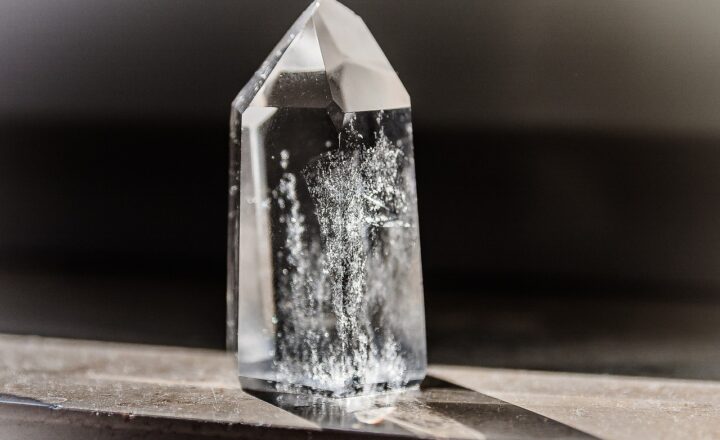
The Earth, our blue planet, is not just a solid mass we walk upon; it is a complex structure consisting of various layers, each with distinct properties and characteristics. Understanding these layers provides insights into the very nature of our planet, the processes that shape it, and the dynamics of geological activity. In this article, we will dissect the Earth’s layers, delve into their composition, and explore why these layers matter to geologists and everyday enthusiasts alike.
1. Overview of Earth’s Structure
The Earth can be divided into three main layers: the crust, the mantle, and the core. While these layers differ in composition, temperature, and state, they collectively contribute to the planet’s geological phenomena, including earthquakes, volcanic activity, and plate tectonics.
– **Crust:** The outermost layer where we live, composed primarily of silicate rocks.
– **Mantle:** Below the crust, a thick layer made up of semi-solid rock, it plays a crucial role in plate tectonics.
– **Core:** The innermost layer, divided into a liquid outer core and solid inner core, composed mainly of iron and nickel.
Understanding the characteristics of these layers is essential for comprehending the processes that power our planet.
2. The Crust: Our Earth’s Skin
The Earth’s crust is the thinnest layer but also the most valuable for human civilization. It is divided into two types: the continental crust and the oceanic crust.
– **Continental Crust:** Thicker and less dense, it ranges from 30 to 50 kilometers in thickness and primarily consists of granite-type rocks. It forms the landmasses we inhabit.
– **Oceanic Crust:** Thinner, about 5 to 10 kilometers thick, it is denser and primarily composed of basaltic rocks. It underlies the oceans and is continuously being created and destroyed in tectonic processes.
**Key features of the crust include:**
– **Plate Tectonics:** The rigid crust is broken into tectonic plates that float on the semi-fluid mantle beneath. Their movements can cause earthquakes, mountain formation, and ocean trench development.
– **Mineral Resources:** The crust contains valuable minerals and fuels, making it crucial for mining and resource extraction.
The crust is essential for supporting life on Earth, providing the soil we grow food in and the resources necessary for technological advancement.
3. The Mantle: The Engine of Plate Tectonics
Located beneath the crust, the mantle accounts for about 84% of the Earth’s total volume. The mantle is primarily composed of silicate minerals rich in iron and magnesium, which contribute to both its density and behavior.
– **Upper Mantle:** This portion extends from the base of the crust to about 410 kilometers deep. It includes the asthenosphere, a semi-viscous layer allowing the tectonic plates to move.
– **Lower Mantle:** Extending from 410 to about 2,900 kilometers, this region is much hotter and denser due to the immense pressure at these depths, which causes minerals to behave differently compared to their surface counterparts.
**Convective currents in the mantle:**
These currents are crucial for plate tectonics and are driven by heat from the Earth’s core. As hotter material rises and cooler material sinks, these movements create a dynamic environment that fuels the movement of tectonic plates, resulting in earthquakes and volcanic eruptions over geological timescales.
4. The Core: The Heart of the Earth
The Earth’s core is made up of two distinct layers: the outer core and the inner core, each with its properties and characteristics.
– **Outer Core:** This layer is about 2,200 kilometers thick and is liquid, composed primarily of iron, nickel, and sulfur. The movement of the molten iron generates the Earth’s magnetic field through the dynamo effect.
– **Inner Core:** The innermost layer is a solid ball about 1,200 kilometers in diameter. Despite the extreme temperatures (over 5,000 degrees Celsius), the inner core remains solid due to the immense pressure that exists at this depth.
**Role of the core:**
The core not only influences the Earth’s magnetic field but also plays a vital role in the geothermal gradient, which affects volcanic activity and plate tectonics. Understanding the core helps scientists predict seismic activity, as it is intricately connected with the planet’s geological processes.
5. Geological Impacts of Earth’s Layers
The distinct layers of the Earth significantly influence geological processes:
– **Volcanic Activity:** The mantle’s convective heat causes magma to rise to the surface, resulting in volcanic eruptions that shape landforms and affect the atmosphere.
– **Earthquakes:** Movement along tectonic plate boundaries occurs due to the interactions between the crust and mantle, leading to seismic events that can have catastrophic effects on human societies.
– **Resource Distribution:** The variation in rock types across these layers leads to the distribution of natural resources, which are essential for modern civilization.
6. Conclusion
The study of Earth’s layers is fundamental for understanding the planet’s geology, the dynamics of tectonic processes, and their implications for life on Earth. By exploring the intricacies of the crust, mantle, and core, we gain critical insights into our planet’s history, its present conditions, and future evolution. As we deepen our understanding of these layers, we also pave the way for advancements in geology, environmental science, and resource management.
As we conclude this journey through Earth’s layers, it’s essential to recognize the importance of geological education for sustainability and environmental stewardship as we navigate through the challenges of the modern world.








